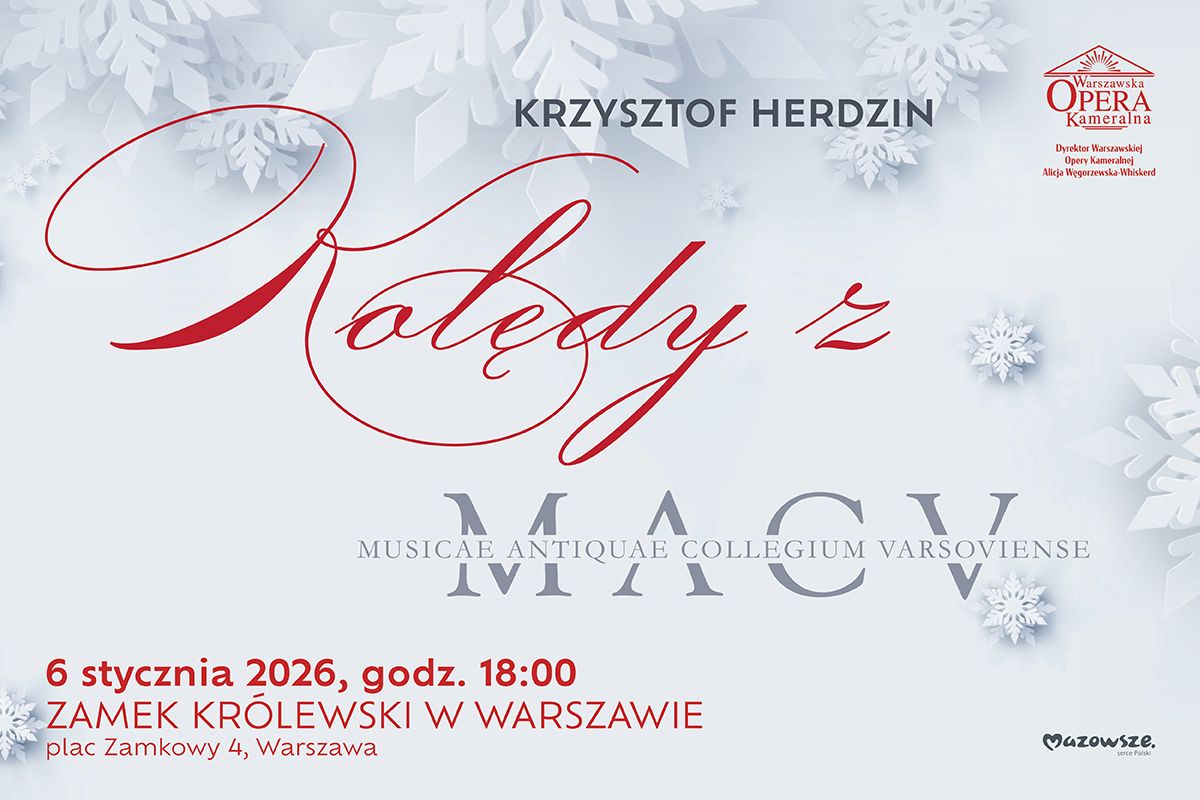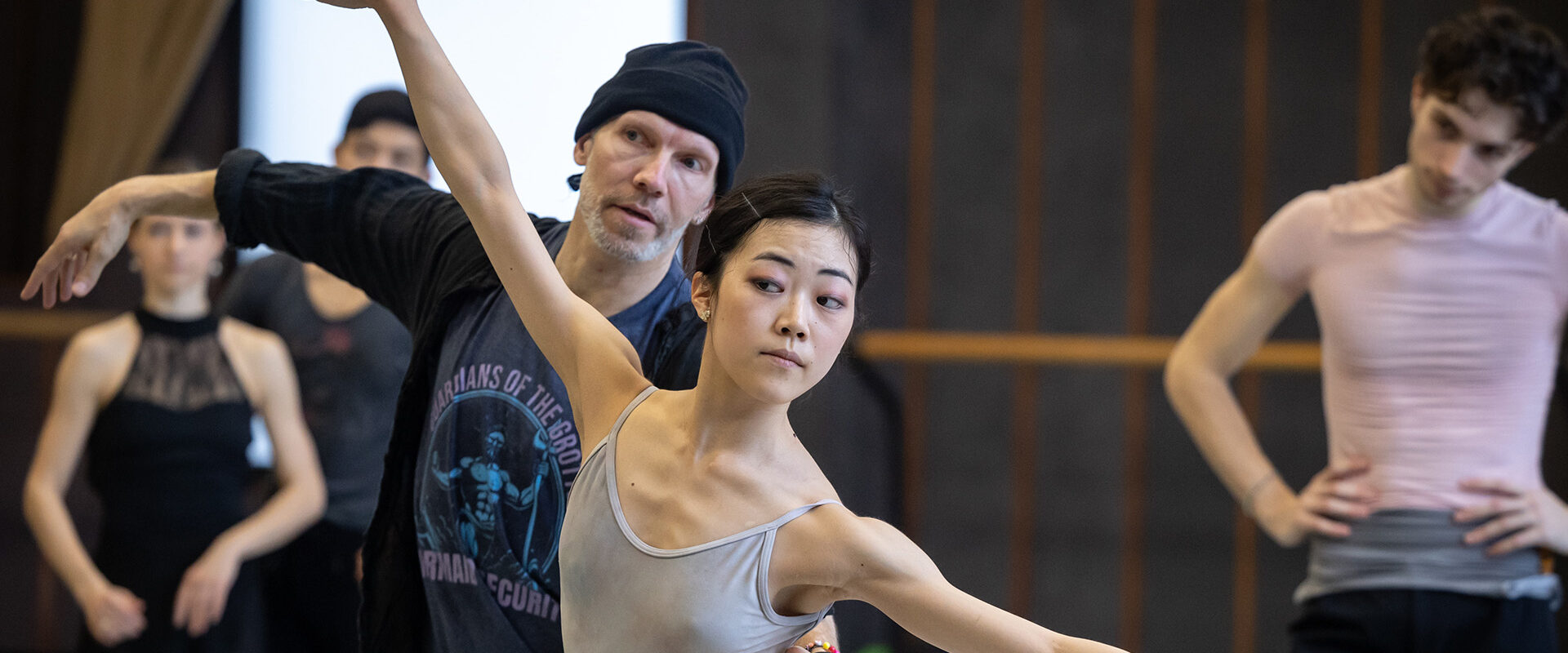 Five questions before the premiere of “Coppélia” for… choreographer Johan Kobborg
Five questions before the premiere of “Coppélia” for… choreographer Johan Kobborg
Johan Kobborg graduated from the Royal Danish Ballet School in Copenhagen and spent nearly half of his professional career as a dancer with the Royal Danish Ballet. On April 6, the audience will have an opportunity to see his debut in choreography in the production of Delibes’ “Coppélia” staged by the Baltic Opera in Gdańsk.
Polish Opera Now: In your career, you have worked on romantic ballets such as “Don Quixote”, “Romeo and Juliet” or “Cinderella”. You have now made the decision to showcase “Coppelia”, one of the most famous 19th century comic ballets.
Johan Kobborg: I first thought about staging “Coppélia” just before the pandemic when I was approached by the management of another ballet company. They asked if I had intereset in staging this particular work. Although the plan never worked, it kickstarted my creative process. You could say the concept to work on “Coppélia” had been conceived years earlier. Then, I got the proposal to stage a ballet performance for the Baltic Opera – the managers suggested a list of several titles to choose from, and “Coppélia” was one of them. In other words, it was not exactly my idea – it was a joint decision. Delibes’ ballet was one of the staples in the Gdańsk ballet’s creative plans, which allowed me to reconsider the staging of “Coppélia”.
The ballet returns to Gdańsk for the second time, after more than 35 years. What will your “Coppélia” be like? Are you going to lean toward the original work, like you have done with many others works? Or are you going to surprise us with a new interpretation of the libretto?
As a choreographer, I do not feel any need to set “Coppélia” in a robot factory or psychiatric hospital, I do not feel the need to change the classical ballet music or movement, either. On the other hand, I must adapt the show for contemporary audiences, while firmly trusting and believing in the power of classical ballet.
Since its first staging in Paris, “Coppélia” has undergone a compositional metamorphosis. Are you going to limit your version to two acts, or are you planning to show us the ballet divertisement?
The modern world prefers concise information. I believe that shorter performances are more likely to grab viewers’ attention. For me the two-act rendition of “Coppélia” seems more appropriate. I also asked myself whether I actually needed “L’Aurore”, “Valse des Heures” and “Le Travail”, in their traditional setup, and eventually decided against them. I have kept and used the scores that moved something in me. I created choreographed and incorporated them into the performance, perhaps in different places they had originally belonged.
The story of a puppet created by the eccentric Coppelius might seem perfect for a ballet show for children. What is more, Arthur Saint-Leon, who adored the grotesque, included numerous pantomime scenes and a multitude of characteristic roles. Do you think this is the key to reaching young audiences?
Looking at it from the perspective of pure entertainment, “Coppélia” is a perfect colourful and entertaining ballet for younger viewers. I had a different goal in mind while working on it – I wanted to bring it to a new emotional level that would allow me to show something more. In my reading of the libretto, I focused on Coppelius – a grown, secluded man, who never leaves his home and makes puppets he never intends to sell. He keeps them all for himself. While analyzing the character, I saw a person who had lost something important in life. Such loss might provide an incentive to move forward, but it could easiliy turn into an obsession, a feeling you are not able to control. My Coppelius had gone through a devastating experience, which resulted in a number of problems. What made him start creating his dolls? Shifting focus towards him changes the whole show – we follow two stories instead of one. On the one hand, we have Swanilda and Franz, the story of a woman in love, who struggles to keep her lover and dreams of eternal feeling. On the other one, we have Coppelius trying to leave his tragic past behind. For that reason, I wanted the ballet to be more than just another entertaining story. I wanted to take the viewers to a different emotional plane.
The authors of “Coppélia’s“ original libretto – based around a novella by German Romantic writer E. T. A. Hoffmann – set the story in a small Galician town. The score makes a number of references to Polish culture. Did you find preparing choreography to a work with a clear reference to mazurek anyhow important?
I believe that ballet is first and foremost about the human emotions hidden in the story. Frankly, I do not obsessively mind whether “Romeo and Juliet” is set in Verona or in Gdańsk, since it does not impact the dramatic narrative that much. Together with stage designer Hanna Wojcikowska-Szymczak we have created a world without mentioning Poland or any specific city. We did not want to pursue historical accuracy – we focused on presenting the narrative. I have not tried to reconstruct the original dances, either. If somebody wants to see a traditional mazur, they can watch it where traditional folk dances are presented. When they come to theatre or opera house, they want to see one coherent work.





